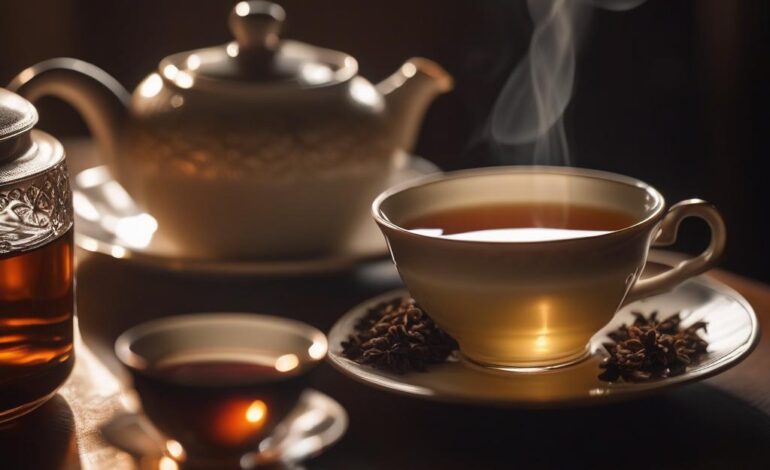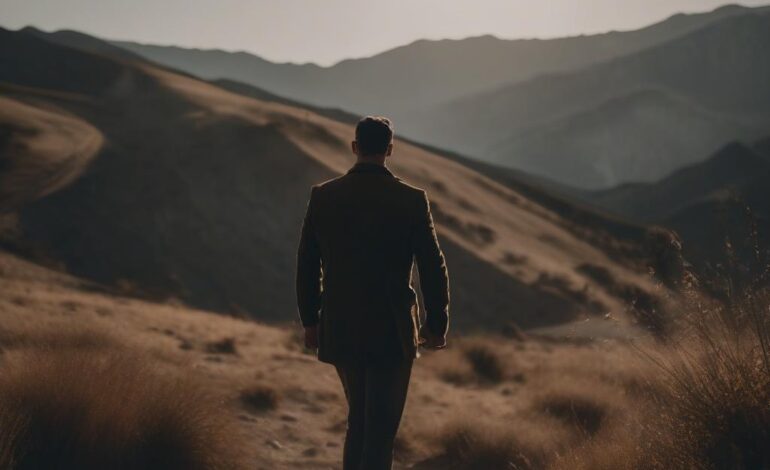The Art of a Cup of Tea: A Timeless Tradition

-
Table of Contents
- The Art of a Cup of Tea: A Timeless Tradition
- The Origins of Tea: A Journey Through Time
- The Cultural Significance of Tea
- The Health Benefits of Tea
- Types of Tea: Exploring the World of Flavors
- Q&A: Exploring Common Questions About Tea
- 1. Is tea better for you than coffee?
- 2. How should I brew the perfect cup of tea?
- 3. Can I reuse tea leaves?
- 4. Does tea have any side effects?
- 5. What is the best time to drink tea?
- In Conclusion
Tea, a beverage that has been enjoyed for centuries, holds a special place in the hearts of people around the world. From its humble beginnings in ancient China to its widespread popularity today, a cup of tea has become more than just a drink; it is a symbol of comfort, hospitality, and relaxation. In this article, we will explore the rich history, cultural significance, health benefits, and various types of tea that make it such a beloved beverage.
The Origins of Tea: A Journey Through Time
Tea has a fascinating history that dates back over 5,000 years. Legend has it that the discovery of tea was accidental, when leaves from a wild tea tree fell into Emperor Shen Nong’s boiling water. Intrigued by the aroma and taste, he declared it a delightful beverage with medicinal properties. This marked the beginning of tea’s journey.
Tea cultivation and consumption spread throughout China, and by the Tang Dynasty (618-907 AD), it had become an integral part of Chinese culture. Tea houses were established, and tea ceremonies were performed to celebrate special occasions. The popularity of tea soon reached neighboring countries, such as Japan and Korea, where it also became deeply ingrained in their cultures.
The Cultural Significance of Tea
Tea has played a significant role in shaping the customs and traditions of various societies. In China, the art of tea drinking is considered a form of meditation and a way to achieve inner peace. The Japanese tea ceremony, known as “chanoyu,” is a highly ritualized practice that emphasizes harmony, respect, and tranquility. In Britain, afternoon tea became a social event during the 19th century, where people gathered to enjoy tea, sandwiches, and pastries.
Tea has also been associated with hospitality and friendship. In many cultures, offering a cup of tea to guests is a gesture of warmth and welcome. It is a way to connect with others, share stories, and create lasting memories. The act of brewing and serving tea has become an art form in itself, with different cultures developing unique techniques and rituals.
The Health Benefits of Tea
Beyond its cultural significance, tea offers a myriad of health benefits. Rich in antioxidants, tea can help protect the body against free radicals and reduce the risk of chronic diseases, such as heart disease and certain types of cancer. The polyphenols found in tea have been shown to have anti-inflammatory and anti-carcinogenic properties.
Tea also contains caffeine, which can provide a gentle energy boost and improve mental alertness. However, unlike coffee, tea contains an amino acid called L-theanine, which promotes relaxation and reduces anxiety. This unique combination of caffeine and L-theanine creates a state of focused calmness, making tea a popular choice for those seeking a balanced and soothing beverage.
Types of Tea: Exploring the World of Flavors
Tea comes in various forms, each with its own distinct flavor profile and brewing methods. Here are some of the most popular types of tea:
- Green Tea: Known for its fresh and grassy taste, green tea is unoxidized and retains its vibrant green color. It is often enjoyed in East Asia and is believed to have numerous health benefits.
- Black Tea: Fully oxidized, black tea has a robust and bold flavor. It is commonly consumed in Western countries and is often enjoyed with milk and sugar.
- Oolong Tea: Partially oxidized, oolong tea falls between green and black tea in terms of flavor and color. It offers a complex taste profile, ranging from floral to fruity.
- White Tea: Made from young tea leaves and buds, white tea has a delicate and subtle flavor. It is the least processed of all teas and is known for its high antioxidant content.
- Herbal Tea: Unlike traditional tea, herbal teas are not made from the Camellia sinensis plant. Instead, they are made from various herbs, flowers, and fruits. Popular herbal teas include chamomile, peppermint, and hibiscus.
Q&A: Exploring Common Questions About Tea
1. Is tea better for you than coffee?
While both tea and coffee have their own unique benefits, tea is often considered a healthier choice. Tea contains less caffeine than coffee, making it a gentler option for those sensitive to caffeine. Additionally, tea is rich in antioxidants and has been associated with a lower risk of certain diseases.
2. How should I brew the perfect cup of tea?
The perfect cup of tea depends on the type of tea you are brewing. Generally, it is recommended to use fresh, filtered water and steep the tea for the appropriate amount of time. Green tea, for example, is best brewed at a lower temperature for a shorter duration, while black tea requires hotter water and a longer steeping time.
3. Can I reuse tea leaves?
Some types of tea, such as oolong and pu-erh, can be steeped multiple times. Reusing tea leaves can bring out different flavors and nuances with each infusion. However, it is important to note that not all teas are suitable for multiple steepings, and the quality of the subsequent brews may vary.
4. Does tea have any side effects?
While tea is generally safe for consumption, it does contain caffeine, which can cause side effects such as insomnia, restlessness, and increased heart rate in sensitive individuals. It is also worth noting that certain herbal teas may interact with medications or have specific contraindications, so it is advisable to consult a healthcare professional if you have any concerns.
5. What is the best time to drink tea?
The best time to drink tea depends on personal preference and the desired effects. Some people enjoy a cup of tea in the morning to kickstart their day, while others find it more relaxing in the evening. It is important to listen to your body and choose a time that aligns with your needs and preferences.
In Conclusion
A cup of tea is more than just a beverage; it is a timeless tradition that has woven its way into the fabric of cultures around the world. From its ancient origins to its modern-day popularity, tea continues to captivate and comfort people of all backgrounds. Whether you prefer a soothing cup of green tea or a robust black tea, the art of tea drinking offers a moment of tranquility in our fast-paced lives. So, next time you reach for a cup of tea, take a moment to appreciate the rich history, cultural significance, and health benefits that this humble drink has to offer.



